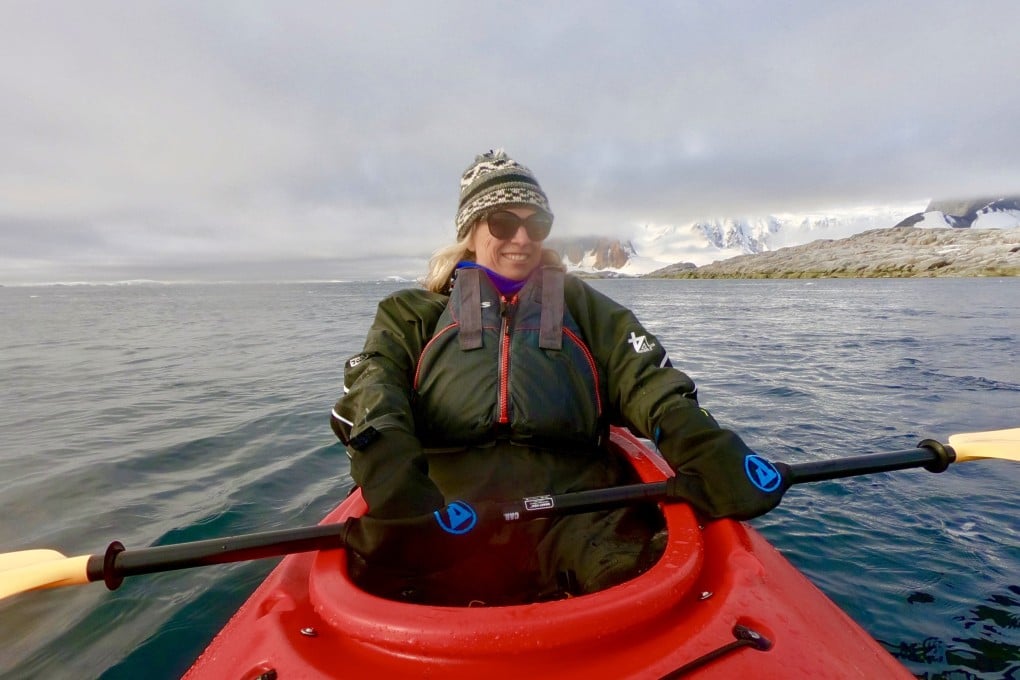In Antarctica, scientists and tourists are in the same – increasingly sustainable – boat
- The pandemic brought Antarctica’s tourist and research seasons to an early close, and no one is quite sure when they can return
- But the time out offers both industries the chance to assess how to make their futures, and that of the frozen continent, more sustainable

Antarctica is a place of brightness. When the summer sun shines, glaciers glisten and snow shimmers in saddles between ragged peaks. Light glints off the rounded backs of humpback whales surfacing, their fishy breath creating a golden cloud that wafts upwards into the slowly approaching night.
The light is grey as I steer a kayak across a steely ocean. The paddle takes me past gothic skyscraper icebergs spectacularly eroded by the relentless elements. The sun slants through the mist, illuminating a previously shadowed iceberg. Its giant golf ball dimples and contrasting vertical channels are a revelation.
Seconds later, 30 gentoo penguins zoom across the ocean towards me, each propelled clear of the water like a mini torpedo. I hold my breath as they plunge under my kayak, continuing unfazed. I am laughing, moved, awestruck and, bobbing in the emerging sunshine, reminded of the irrefutable importance of conserving Antarctica.
Behind me is the Roald Amundsen ship, pride of the Hurtigruten fleet. Fellow passengers in company-issued red jackets are having their own moments of wonder at a penguin colony that stretches up a mountain, all the way to the clouds.

